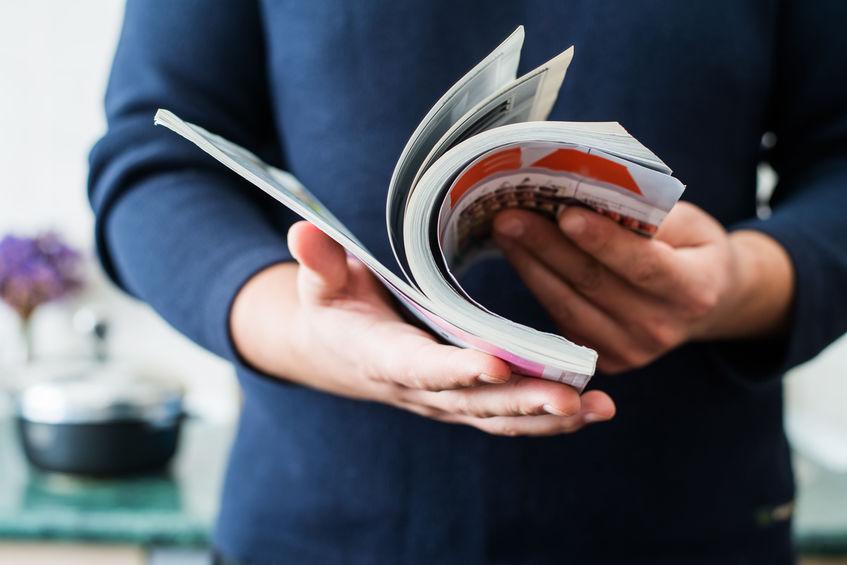Content flow is a crucial element in enhancing the reader experience in magazines. It refers to the way articles, images, advertisements, and other elements are organized and presented throughout the publication. A well-structured content flow not only captures the reader’s attention but also guides them smoothly from one section to another, creating a cohesive and engaging reading experience. To achieve a seamless content flow, magazine designers and editors carefully consider the layout, hierarchy, and transitions between various sections. The layout involves the arrangement of text, images, and white space on each page. Effective use of layout can make content visually appealing and easy to navigate. For instance, a consistent and well-defined grid system helps maintain order and predictability, allowing readers to easily follow the flow of information. Hierarchy is another critical aspect of content flow.

By prioritizing information through headings, subheadings, and bullet points, magazines can highlight key points and guide readers through the material. A clear hierarchy helps readers quickly identify the most important content and decide which sections to focus on. It also aids in breaking down complex topics into manageable chunks, making the magazine more accessible and less overwhelming. Transitions between sections play a significant role in maintaining reader engagement. Smooth transitions help create a narrative thread that connects different parts of the magazine, preventing abrupt shifts that can disrupt the reading experience. For example, a well-crafted editorial can lead naturally into related articles or features, encouraging readers to explore further. Additionally, thematic consistency across sections can enhance the overall coherence of the magazine, making it feel like a unified whole rather than a collection of disparate pieces.
Visual elements, such as images and infographics, also contribute to the flow of content. They can break up text-heavy sections, add visual interest, and provide world’s magazine additional context or clarification. Strategic placement of visuals can guide the reader’s eye and emphasize key points, enhancing their understanding and retention of the material. Moreover, the use of effective storytelling techniques can significantly impact content flow. Engaging narratives, compelling headlines, and well-structured articles can captivate readers and keep them interested. A strong opening can grab attention, while a satisfying conclusion can leave a lasting impression, encouraging readers to return for future issues. Overall, a well-thought-out content flow enhances the reader experience by making the magazine more enjoyable and easier to navigate. It ensures that the publication is not only visually appealing but also functionally effective, providing readers with a seamless and engaging journey through its pages. By paying attention to layout, hierarchy, transitions, and visual elements, magazines can create a more immersive and satisfying reading experience that resonates with their audience.